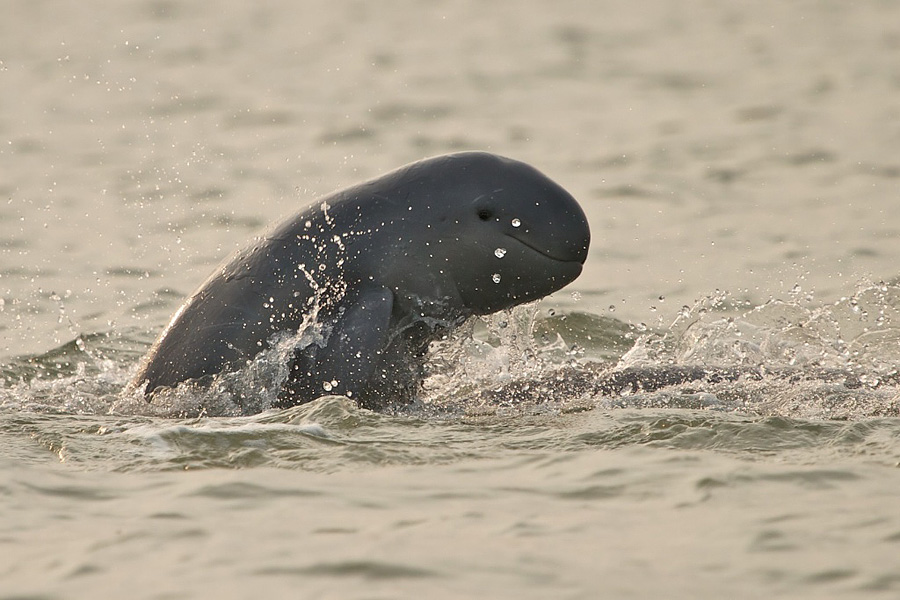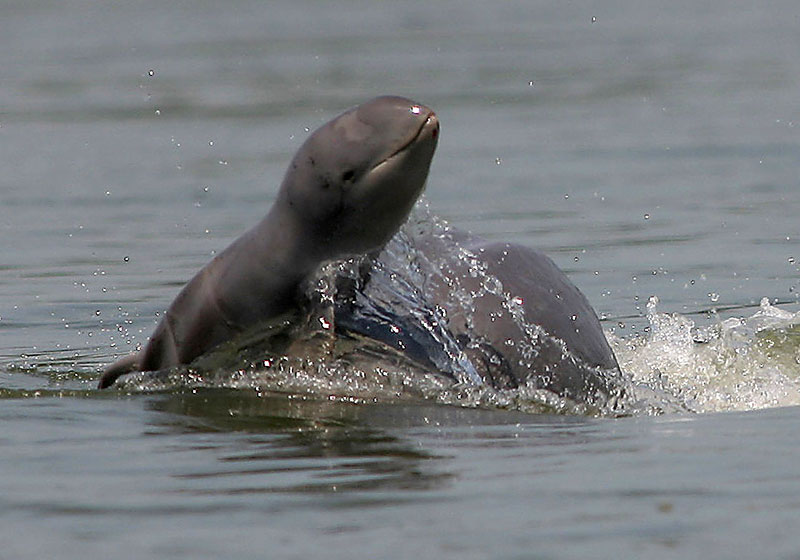
However, they are likely to breed in December-June. There is very scarce information on the reproductive biology of this species.

Male dolphins compete with each other for their mating rights. These dolphins have polygynous mating system, where each male mates with a number of females.


They often dive down into the water to search for food and have been known to spit in order to herd fish for feeding. They generally hunt in groups of about seven dolphins, encircling their prey to trap and feed on them. “We have done no specific surveys on the cause of dolphin deaths,” he said.Irrawaddy dolphins feed on fishes, crustaceans, Cephalopoda and fish eggs. “We find one or two dolphin calves annually and I suppose it’s no longer a critically endangered situation ,” U Han Win told The Irrawaddy, noting that the population has edged higher over three consecutive years from 58 in 2015, to 65 in 2016 and to 69 in 2017.Įlectric-shock fishing, especially in the ADPA zone, is prohibited by the Freshwater Fisheries Law, enacted by the Department of Fisheries, and violators face three years in prison or a fine of 300,000 kyats.Įven though electronic fishing is a major threat to the population of Irrawaddy dolphins locally, U Han Win said that other causes such as pollution in the river water, allegedly caused by illegal gold mines in upstream areas, needed to be addressed as well. The Department of Fisheries and WCS Myanmar in late 2015 launched a community-based ecotourism project in the ADPA zone, which encourages dolphin-watching tours so that humans can experience the unique human-animal interaction and hopefully contribute to the continuous rise of the local dolphin population. There are at least six villages on the banks along this stretch of the Irrawaddy River, where about 60 local fishermen still preserve the practice, according to U Han Win, the officer in charge of the Irrawaddy Dolphins Conservation team of WCS Myanmar and an official at the Department of Fisheries. In this mutually beneficial tradition, fishermen communicate with the dolphins with throaty calls and the dolphins drive the fish towards the fishermen’s boats and signal to them on when to throw their nets. With support from the WCS, the protected area was established with an aim to reduce the threats to dolphins, which include electric fishing, gill nets and pollution, and preserve the human-dolphin cooperative fishing practice. The ADPA covers a 74 km-length of river starting from Mandalay Division’s Mingun in the south up to Sagaing Division’s Kyaukmyaung in the north.

Established in December 2005, the ADPA is the first national aquatic protected area to be so designated by the Department of Fisheries in Myanmar. “In the Mekong River, the majority of Irrawaddy dolphin deaths in recent years have been caused by entanglement in gillnets-‘curtains’ of fishing net that hang in the water,” the IUCN wrote in its Tuesday report, adding that efforts to ban or at least minimize their use in many areas have been ineffective, resulting in declines of many species of whales, dolphins and porpoises.īetween 20, 42 dolphins were found dead in Myanmar, 29 of them in the Irrawaddy Dolphin Protected Area (ADPA). There are currently at least 69 dolphins living in the river between Bhamo and Mandalay cities, in addition to populations of approximately 80-100 left in stretches of the Mekong River in Cambodia and Laos, and in Mahakham in Indonesia, according to the Wildlife Conservation Society (WCS) in Myanmar.Įven though no wide-ranging survey has been conducted for this species globally, nor is there a synoptic estimate of the total number of Irrawaddy dolphins from local or regional surveys, the IUCN estimates that there is an abundant population of about 5,800 of the animals in Bangladesh and 77 in the Philippines. YANGON-The status of the Irrawaddy dolphin has been raised from “vulnerable” to “endangered” as its numbers have fallen by half over the past 60 years due to human activities, according to the latest Red List of threatened species produced by the International Union for Conservation of Nature (IUCN).ĭespite the change in its status, the population of this species from the Irrawaddy River, one of only three habitats in the world where riverine Irrawaddy dolphins are found, has risen slightly over the last three years.


 0 kommentar(er)
0 kommentar(er)
